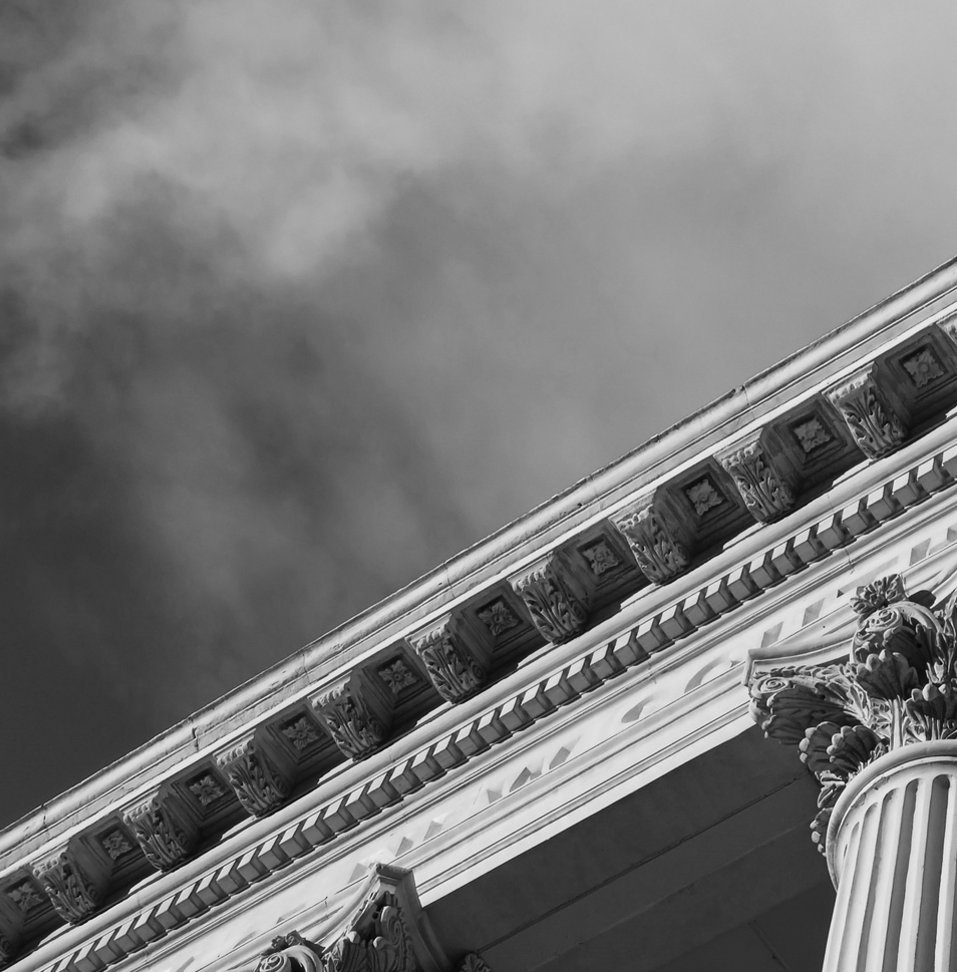Once you’ve decided to file bankruptcy the next big decision is which chapter, Chapter 7 or Chapter 13? These are the two most common bankruptcies for consumers. Chapter 11 and Chapter 12 are also available (Chapter 12 if you’re a family farmer), but are less common than Chapter 7 or 13. Approximately 2/3 of all bankruptcies filed in Utah are Chapter 7s and 1/3 are Chapter 13s.
The basic theory behind a Chapter 7 is that you turn all of your property that isn’t exempt (we’ll cover exemptions later) over to the trustee (the trustee is the person who oversees or administers your case). The trustee sells the property, collects the cash and pays creditors as far as there is money. In return you get a discharge from most of your debt, meaning you don’t have to pay it. Some debt, like taxes, child support, student loans and others, is nondischargeable, meaning it survives bankruptcy. More on that later, too.
In Chapter 13 you get to keep most of your property (sometimes the trustee objects to your keeping “luxury items” such as boats). In return for not losing your property you agree to make payments to the trustee for a period of time, from three to five years. The trustee makes periodic payments to creditors from those funds in accordance with a plan that you have proposed and that has been approved by the bankruptcy court.
Which one you choose depends on a number of things. Chapter 7 discharges both secured and unsecured debt. It’s quick; you’re in and out in about four months. But you run the risk of losing some of your property, such as a house, car or other things you were making payments on. If you want to keep your car, Chapter 7 doesn’t allow you to modify the terms of the loan. And if you’re behind in your mortgage payments and want to keep your house, Chapter 7 doesn’t do anything for you. It also won’t protect a co-signer on any of your debts.
Chapter 13 also discharges both secured and unsecured debt. The biggest downside to Chapter 13 is that you are in bankruptcy for three to five years. But Chapter 13 lets you catch up on delinquent mortgage or car loan payments. In many cases you can modify the terms of your car loan (mortgages on principal residences can’t be modified in most cases). Chapter 13 also protects co-signers, so if your brother or a parent co-signed on your loan the bank can’t go after them while you’re in Chapter 13.
In brief, Chapter 7 is for people who just need to start over and don’t have anything to lose or don’t care if they lose it, such as a house that is underwater in the sense that they owe more than it’s worth. Chapter 13 is for people who have things they would like to keep but need some time to catch up their payments.




